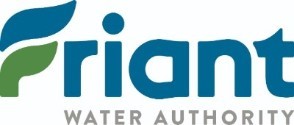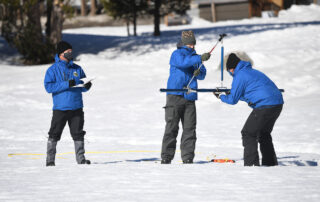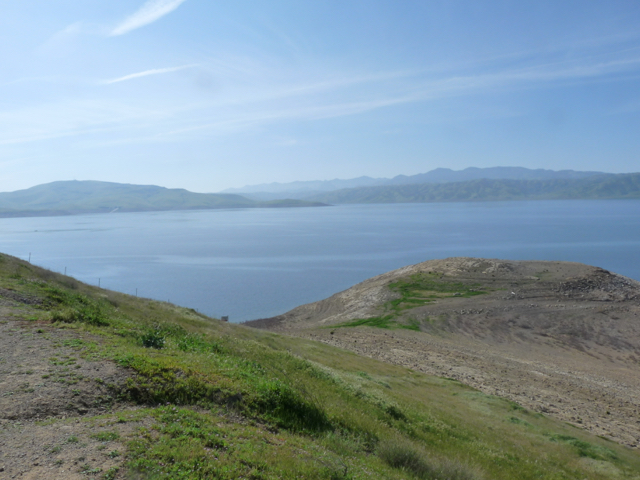Friant Water Authority
Top News
- Over the past week, the northeastern portion of the State and most of the Northern and Central Sierra received 0.25 to 1 inch of precipitation. The North and South Coasts and Southern Sierras received trace amounts to 0.25 inches of precipitation.
- Through the weekend, temperatures are expected to be 5 to 10 degrees below normal along the coasts and near normal to 10 degrees above normal elsewhere in the State. As the week progresses, temperatures are expected to cool to near normal to 10 degrees below normal throughout most of the State. Next week, 0.5 to 1.5 inches of precipitation are expected in the Sierras from sporadic thunderstorms, trace amounts to 0.25 inches of precipitation are expected in the northeastern portion of the State, and trace amounts of precipitation is expected along the Central and South Coast.
- DWR released the May 1st water supply forecast for water year 2023 on May 8th. The forecast indicates a Sacramento Valley Index of 9.4 (Wet) at the 50% exceedance level and a San Joaquin Valley Index of 6.5 (Wet) at the 75% exceedance level. The May 1st values are the official water year types for 2023. The April forecast showed a Sacramento Valley Index of 9.6 (Wet) and a San Joaquin Valley Index of 6.5 (Wet).
- Keswick Reservoir releases decreased to 10,000 cfs on May 29th for storage management and are expected to remain at that level to help with fill management but will be adjusted as conditions allow.
- Folsom Reservoir releases (below Nimbus) decreased to 13,000 cfs on May 31st for fill management and are expected to remain at 13,000 cfs unless adjustments are necessary to manage reservoir fill.
- The Delta is currently controlled by Limited Real Time Demand/Available Facility Capacity. The DWR Delta Ops Report indicates that the Delta is currently in an Excess condition (no restrictions).
- The daily Delta outflow index is currently 68,900 cfs (7-day average).
- As of February 1st, the D-1641 E/I ratio export cap is 35%, and the ratio is currently at 12% (14-day average).
- Jones Pumping Plant remained a 5-unit operation of approximately 4,200 cfs.
- Banks Pumping Plant pumping is at 4,500 cfs. There is no pumping for Cross Valley Canal Contractors.
- The Federal share of San Luis decreased by 3 TAF to 956 TAF, which is considered full. CVO currently expects CVP San Luis drawdown to begin the week of June 5th.
- The State share of San Luis decreased by 19 TAF in the last week to 1,059 TAF.
- As demands begin to increase exports at Jones and Banks Pumping Plants are likely to be at or near capacity for most of the summer. With the volume of water expected in the Delta through the next few months, regulatory requirements are unlikely to restrict export operations.
- The State Water Project (SWP) allocation for 2023 is 100% of requested supplies.
- CVP SOD allocations remain at:
- 100% for San Joaquin River Exchange Contractors and CVP Refuge supplies
- 100% for Eastside Water Service Contractors
- 100% of historic use for M&I Water Service and Repayment Contractors
- 100% of contract maximum for Agricultural Service and Repayment Contractors (up from 80%)
Alerts for Friant Division
- On May 31st, there were 1,102 cfs diversions to the Madera Canal, 3,660 cfs diversions to the Friant-Kern Canal, and 9,993 cfs of releases to the river.
- Storage in Millerton was 232,991 AF on May 31st. Storage increased by about 14,700 AF compared to last week.
- Restoration Flows at Gravelly Ford ramped down from 395 cfs to 175 cfs by the end of May. Reclamation is releasing Restoration Flows concurrently with flood flows. Total flows at Gravelly Ford on May 31st were 9,248 cfs which includes approximately 175 cfs of Restoration Flows. The ordered rate of Restoration Flows passing Sack Dam for May 31st was 160 cfs.














